There are places where rivers meander and memories take root — and then there is the Loire, that elegant serpentine thread stitching together centuries of wine, war, and whimsy. It was Victor Hugo who mused, perhaps with a touch of envy, that “the Loire sparkles like a sword in the sun.” One suspects he never took a sword on a wine tasting cruise. Had he done so, he might have dropped his pen for a glass of Montlouis instead.
In the days of François Ier, the Loire was as much a highway as a horizon: merchants piled their sacks of salt, tuffeau stone and (yes) barrels of wine onto flat-bottomed boats, known locally as gabares, gliding over the shallows with cargo that promised pleasure at every port. These boats weren’t just function over flair — their design elegantly accommodated the river’s moody sandbanks and shifting temperament, much like how one might swirl a volatile young wine in the glass until it settles.
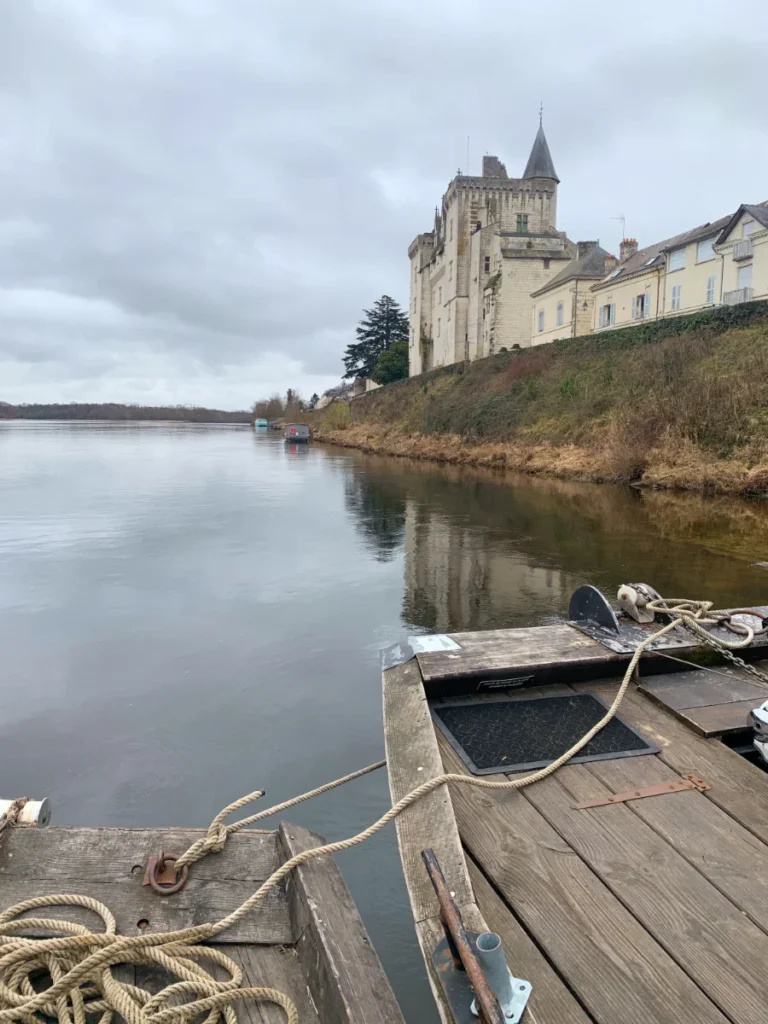
Fast forward to today, and the gabares, once loaded with goods, have embraced a new vocation — ferrying curious souls and oenophiles between sips and sights. Thankfully, the wine is no longer packaged in barrels but now poured generously in glasses that catch the same sun once captured in Hugo’s favorite weapon.
Savour the Loire By Boat: Routes to Experiment
Among the more authentic ways to discover the region, a gentle navigation along the river itself offers a unique perspective on the vineyards, villages, and castles that straddle its shores. La Rabouilleuse – École de Loire, based in Tours, proposes a set of memorable boat tours aboard traditional gbares. From May to October, you can embark on their charming wooden boats from the quays of Tours, heading towards Amboise or Chaumont-sur-Loire (more details here). These excursions are not merely scenic. They subtly resurrect the Loire’s mercantile past, with commentary steeped in naturalist poetry and local legend.

If you’re in the region for a weekend, plan a morning train from Paris to Tours (about 1h15) and chart an itinerary where the boat isn’t just a transfer, but a moving tasting room. In this regard, a few wineries stand out.
In Montsoreau — itself a gem of a village that wraps you in blonde stone and rose petals — the Domaine des Champs Fleuris offers one of the most refined pairings of fluvial charm and viticultural excellence. Their wine tastings aboard a gabare navigate along the Vienne, where a glass of structured Saumur-Champigny finds perfect rhythm with the river’s own slow cadence. The village, anchored by a Renaissance château that doubled as one of the inspirations for Houellebecq’s La carte et le territoire, deserves its own linger.

Further upstream, the Domaine de Noiré in Chinon also offers hour-long river cruises with tastings. Here, the wines take on a slightly more brooding character — smoky Cabernet Francs that seem to mirror the literary shadows of Rabelais and the surrounding caves.
For those traveling with children, or simply wishing to combine their wine moments with cultural immersion, some routes include stops at local sights: the Royal Château d’Amboise, Leonardo da Vinci’s Clos Lucé, or the artistic installations at Chaumont-sur-Loire. These moorings offer the right mix of photo opportunity and palate reset. That said, summers can bring heavier crowds; late spring or early fall offer fewer queues and a softer light on the riverbanks.
Wine, Water, Words: A Companionable Education
To sip wine where its ancestral barrels once floated is to drink in more than just vintage. The Loire Valley, inscribed as a UNESCO World Heritage site since 2000, is not merely the garden of France — it is its liquid library. From Vouvray’s silken Chenins to Chinon’s peppered reds, each appellation holds decades, if not centuries, of conversations between soil and soul.
Don’t skip the caves troglodytiques — limestone cellars carved directly into the rock banks. At Rochecorbon, only 8 kilometers from Tours, you can cycle (or taxi) to several producers offering tastings in these cool, quiet wombs of stone. At Marc Brédif, reliable opening hours and serious Crémant make it a solid introduction. Visit early to avoid tour bus clinking — post-3pm visits can veer into overcrowded territory, where nuance is quickly swallowed by noise.
Another whisper of recommendation: the Sunday market in Montsoreau merits an early start — a spectacular mix of fresh goat cheese, heirloom vegetables, and bacchanalian banter. Secure your picnic before the midday heat, hop on a boat with a local Chinon producer, taste three wines under a vine-draped canopy, and feel certain there is no better way to deny an incoming Monday.
Recommendation Bonus: A Cave Worth Getting Lost In
To cap your exploration, detour toward the tiny hamlet of Panzoult (20 minutes from Chinon). Hidden in its wooded outskirt is the Cave de la Sibylle, an atmospheric cellar sculpted with mythological scenes and dedicated to Rabelais. Wines are poured as stories unfold, in a cavern where Dionysus would feel perfectly at home. Few visitors make it there — which is, in itself, a compelling reason to go.
So as the current pulls gently past sandbank and château, and your glass trembles slightly with the movement of the boat beneath, remember: you’re not merely admiring a view, nor just tasting a wine. You’re slipping, for a few hours, into the undercurrent of France’s most liquid story.
And if this idea awakens your inner barque captain or Rabelaisian bon vivant — why not let your next trip begin at the rhythm of the river? For curated wine trails and boat-based tasting secrets, consider subscribing to our newsletter at the page’s footnote — no spam, just sips of inspiration.
Wineries cited in this post

Domaine des Champs Fleuris
Domaine des Champs Fleuris deploys its 26 hectares of vines in the heart of the Anjou-Saumur wine region. The winery offers a wide range of…

Domaine de Noiré
Domaine de Noiré deploys its 12 hectares of vines in the heart of the Touraine wine region. Located on the Chinon vineyard, the winery produces…




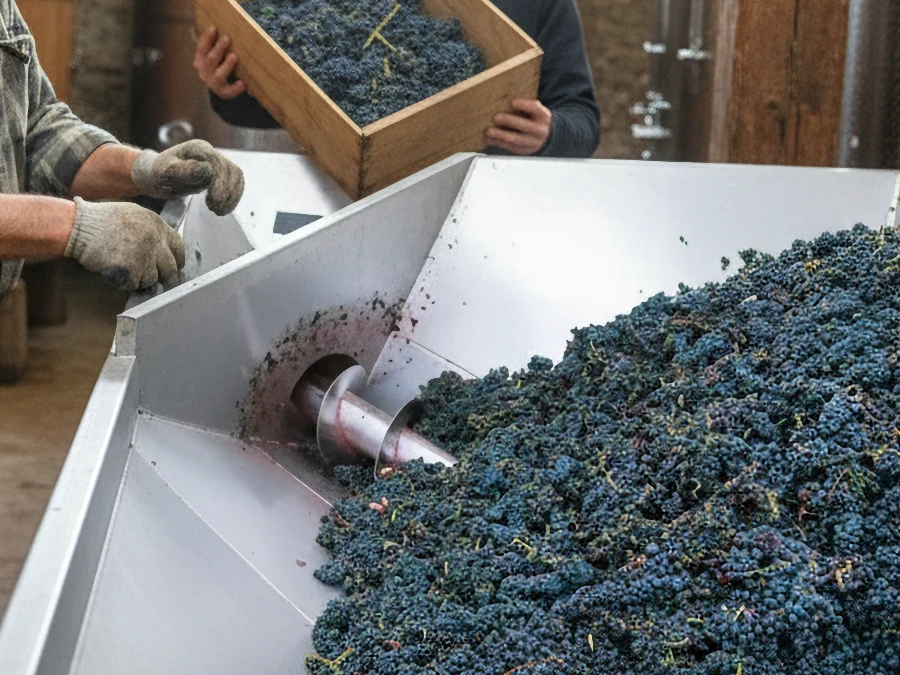
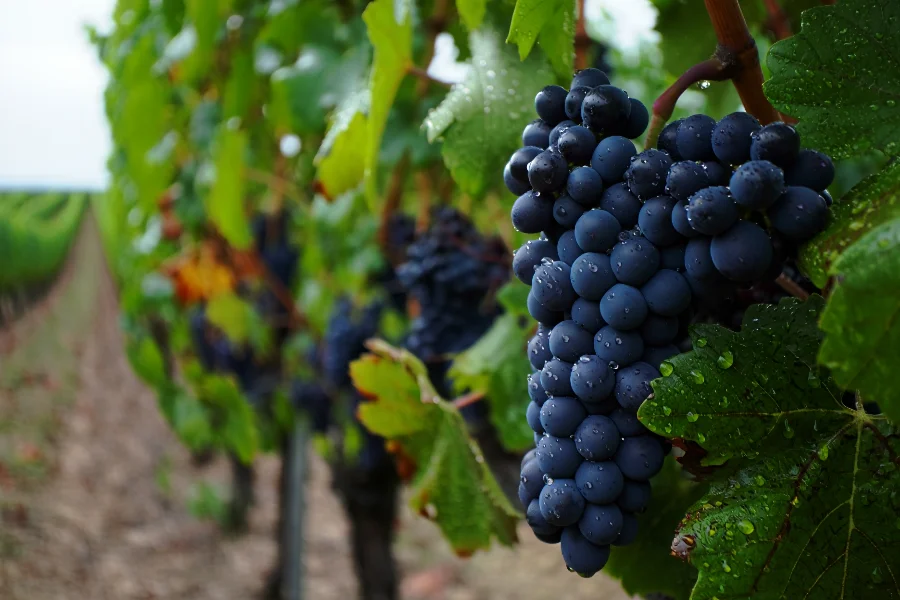

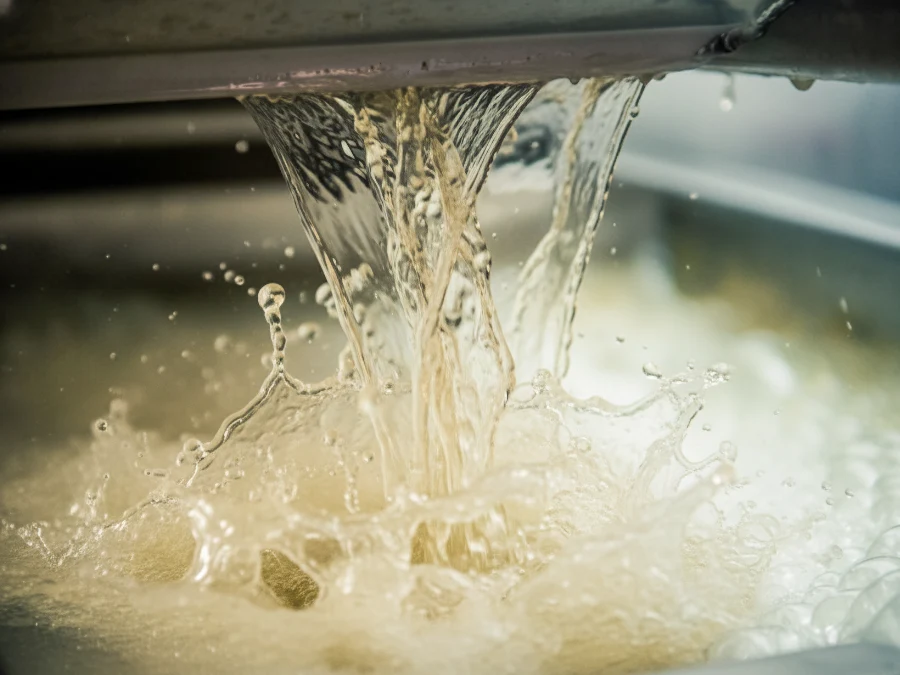
![PODCAST [S1E4] – The Well-Kept Secrets of Anjou-Saumur Wines](https://divineloire.fr/en/wp-content/uploads/2025/11/geologie-des-vins-d-anjou-saumur-1.webp)
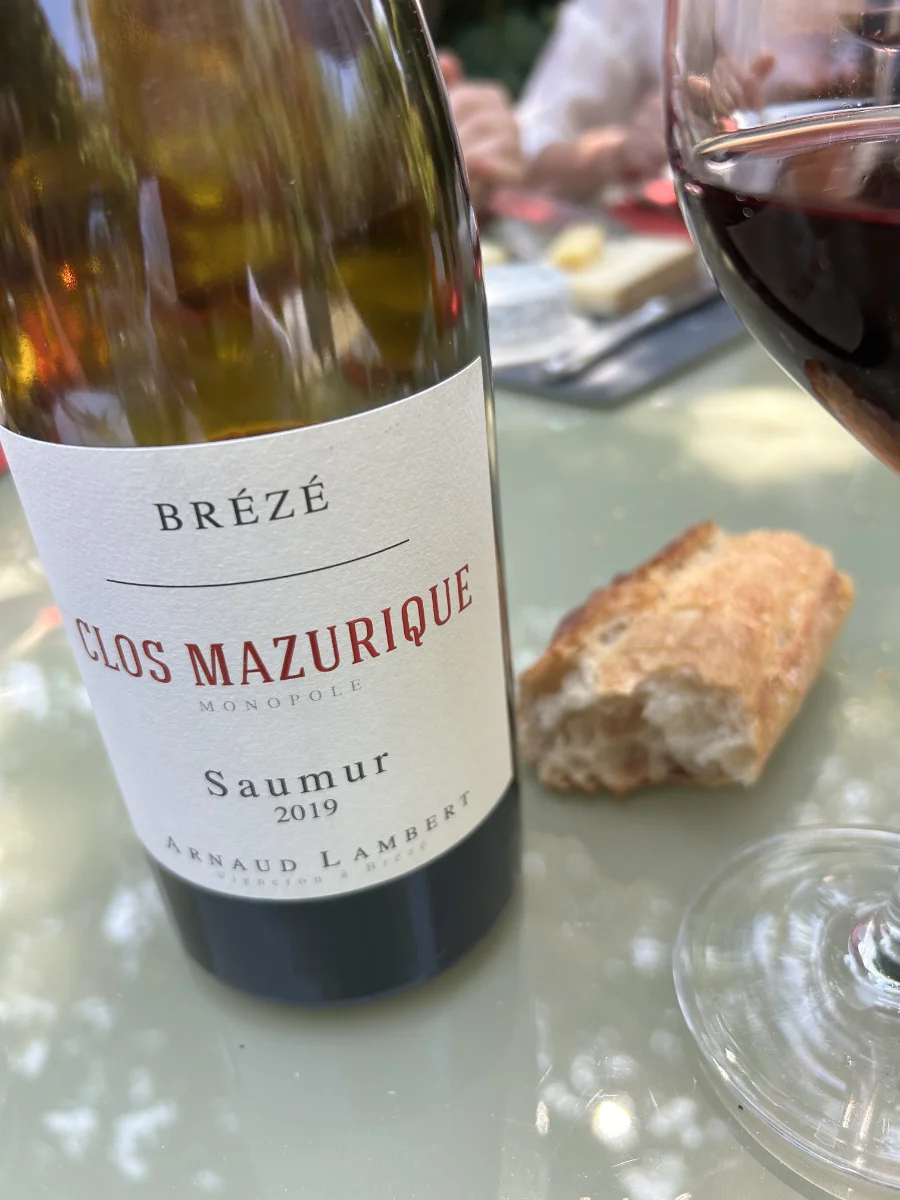
![PODCAST [S1E3] – Chinon, Vouvray, Bourgueil: The Holy Trinity of Touraine Vineyards](https://divineloire.fr/en/wp-content/uploads/2025/11/vignobles-touraine-chinon-vouvray-bourgueil-1-1.webp)